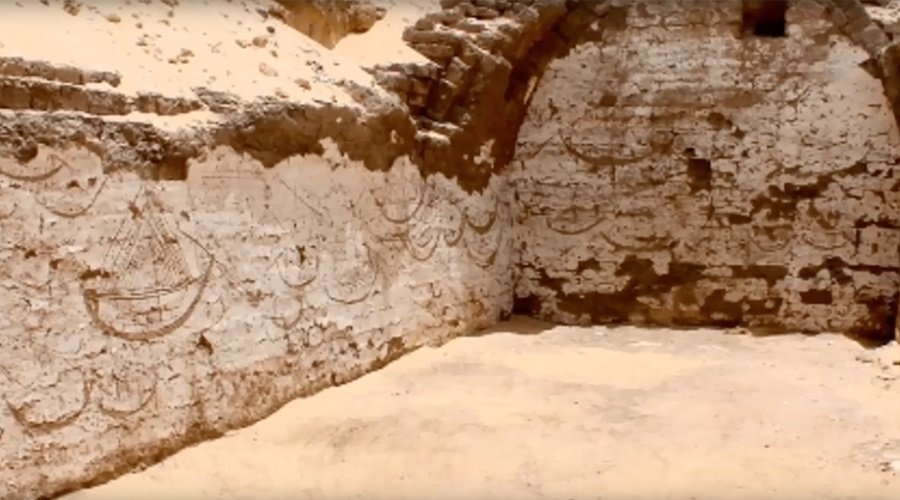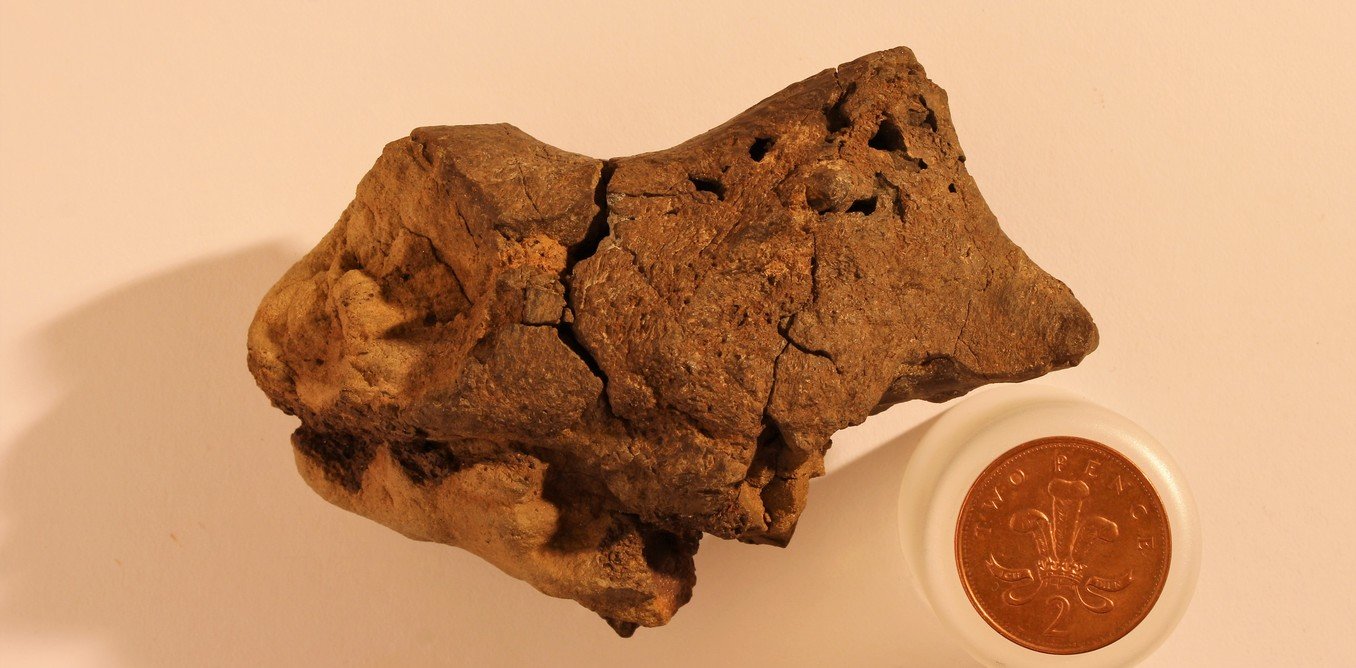
This extraterrestrial visitor came to be known the Ensisheim meteorite, named for the Alsatian town adjacent to the wheat field where it impacted on the morning of November 7, 1492 (according to the Julian calendar). It is the oldest meteorite impact with a confirmed date on record, and has become famous for its dramatic fall from the heavens, an event that was witnessed by onlookers and recorded for posterity by writers like the Italian priest Sigismondo Tizio.
"At this point there has to be mention of the immense portent which was seen this year in Germany: for on the seventh day of November [1492], near the city of Ensisheim and the village of Bauenheim above Basel, a great stone fell out of the sky, triangular in shape, charred, the color of metallic ore, and accompanied by crashing thunder and lightning," Tizio said in his History of the Sienese. "When it had fallen to earth it split into several pieces, for it had traveled at an oblique angle; to the amazement of all, indeed, it flattened the earth when it struck."
A young boy is said to have found the impact site first, attracting a crowd of awed spectators. In an age when comets, shooting stars, and other celestial phenomenon remained unexplained, the appearance of the meteorite was quickly attributed to divine intervention.
Naturally, everyone wanted a chunk of the rock that God had deemed fit to chuck at Earth. Any superstitious reservations they might have had about the "thunderstone" or "firestone" as some took to calling it, did not prevent them from breaking off pieces to take home as souvenirs. Some slices were also saved to be sent to dignitaries, like Cardinal Piccolomini, who later became Pope Pius III.












Comment: See also: